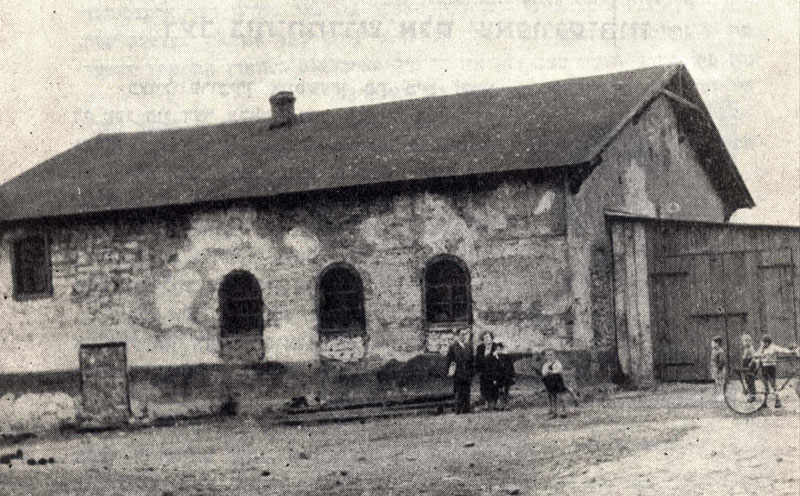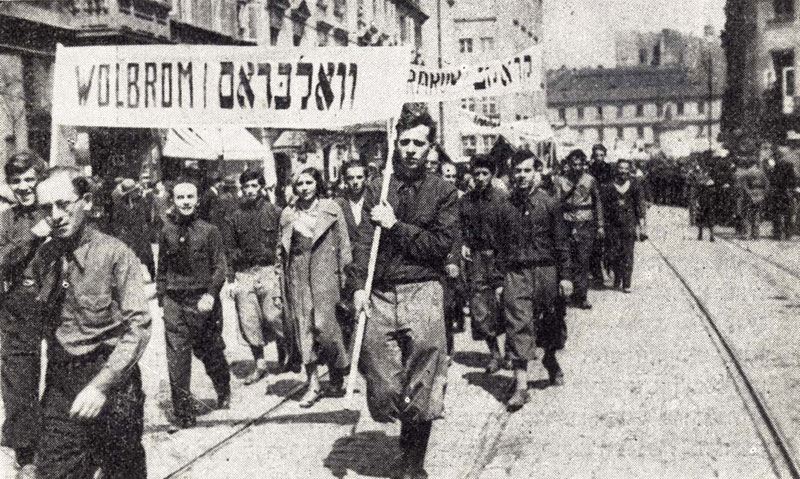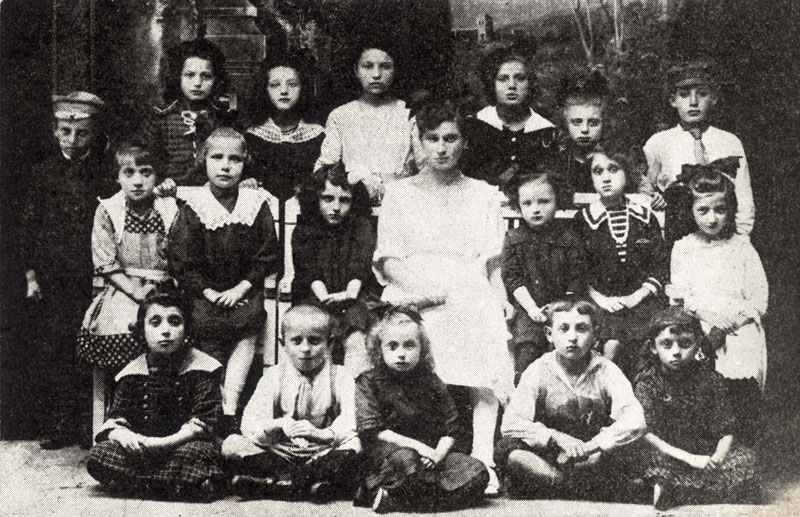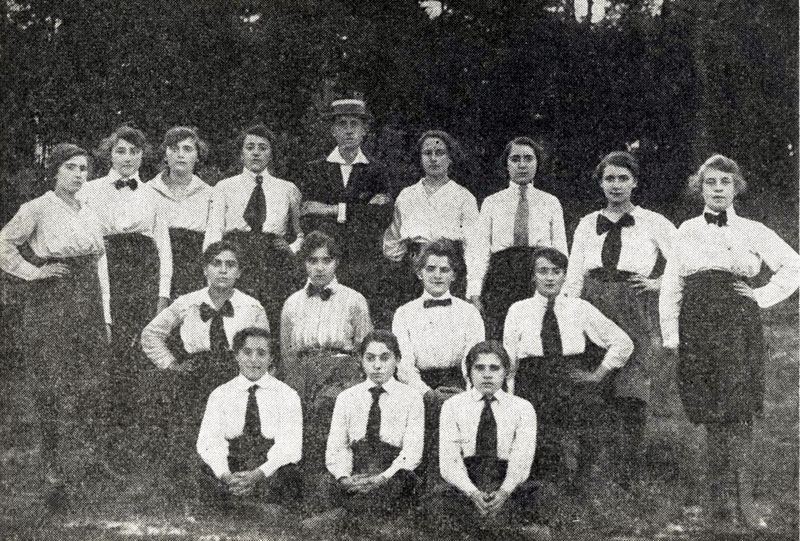Wolbrom Before the Holocaust
“For us the town of Wolbrom was the most beloved and the most beautiful.” From: Wolbrom Irenu (Our Town Wolbrom)
Religious Life
The Jewish community in Wolbrom, on the eve of the Holocaust, was dynamic, diverse and flourishing. Torah scholarship, Hasidism, political and social movements all found their expression in daily life in Wolbrom. Wolbrom was counted among the older of the Jewish communities in Poland. Jewish residents were first mentioned at the beginning of the 18th century, but it is possible, based on the tombstones in the cemetery and markings in the old synagogue, that Jews lived in Wolbrom even earlier. According to a 1921 census, the Jews comprised 60% of the 7,229 residents in Wolbrom. Continue reading »
Zionism and Politics
Branches of most of the Zionist and Jewish parties that were active in Poland were opened in Wolbrom. Some of the Zionist movements active in Wolbrom included the General Zionist Party, the Hitachdut, Mizrachi, Hashomer Hatzair, Beitar and Gordonia. Branches of Agudas Israel and the Bund operated as well. In the 1927 municipal elections, a united list of Jews was presented, which included all the Jewish organizations in the town, with the exception of the Bund. The list won 8 out of a total of 18 municipal seats. Continue reading »
Education
Educational options for children were mostly limited. The children continued studying in private “Cheders” and in “Talmud Torahs” that were maintained by the community budget. A few, mainly the girls, studied in the public elementary school. In 1923 a religious girls school "Beit Yaakov" was opened, and in 1929 a men’s Yeshiva (Talmudic institution) “Keter Torah” was opened. The Jews of Wolbrom struggled to make a living, working as artisans, merchants, peddlers, butchers and in factories. The Bet Midrash (Study Hall), and the synagogue were important gathering places for them- places to pray, to study, places to talk, and share the latest news and events. Continue reading »
Culture and Sport
Various Jewish organizations opened libraries, lecture clubs and even a drama group. Continue reading »
A Look Back
Wolbrom was a kaleidoscope of personalities, institutions, movements and organizations; all of which came to an abrupt end on September 6, 1942. Continue reading »




